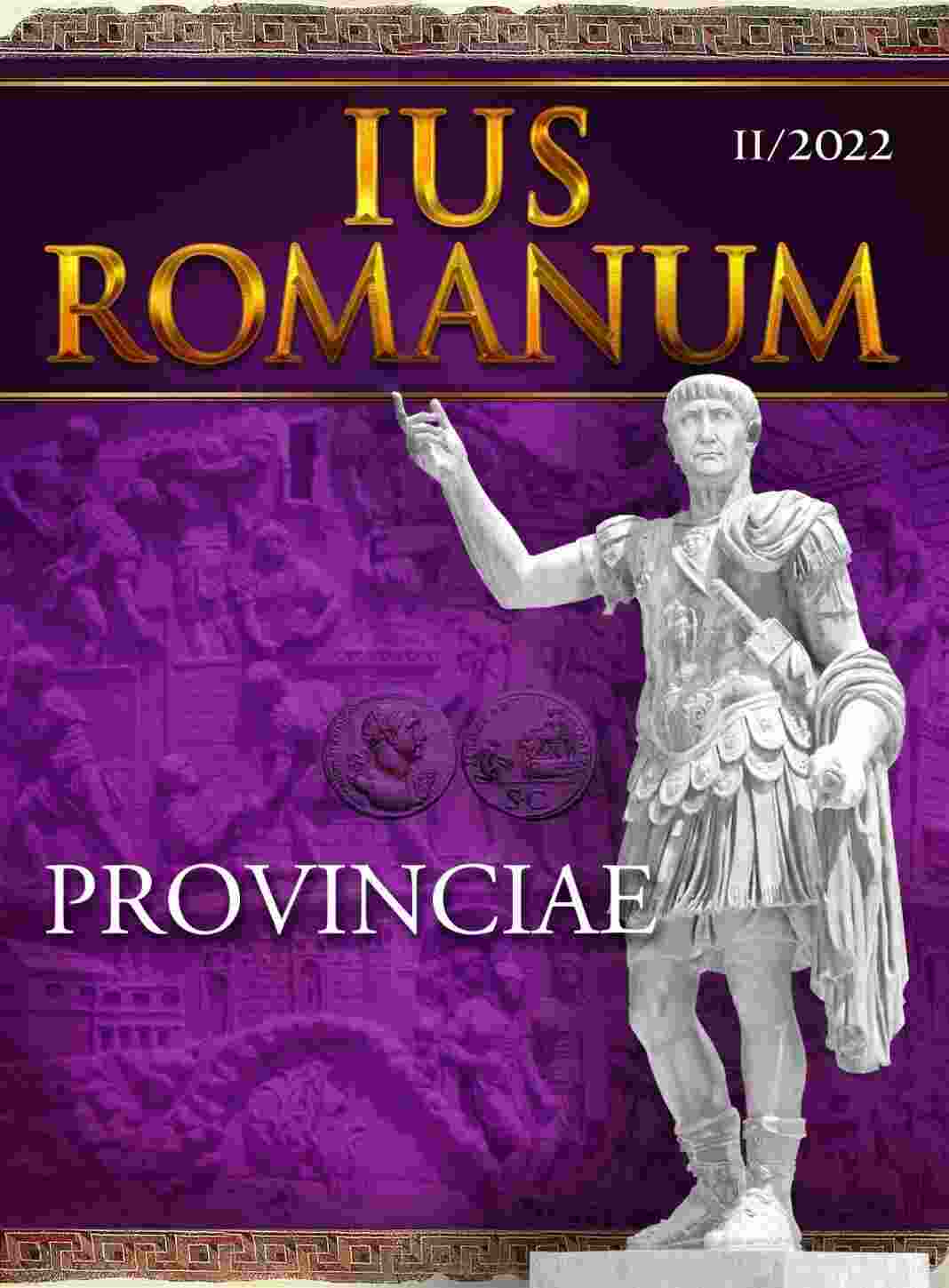SERBIA ROMAN PROVINCE. NIŠ IMPERIAL CITY
SERBIA ROMAN PROVINCE. NIŠ IMPERIAL CITY
Author(s): Marija IgnjatovićSubject(s): History, Archaeology, Law, Constitution, Jurisprudence, Cultural history, Criminal Law, Civil Law, Law and Transitional Justice, Comparative history, Diplomatic history, Economic history, Ancient World, Law on Economics, Canon Law / Church Law, Philosophy of Law, EU-Legislation, Sociology of Law, Maritime Law, Commercial Law, Court case, Sharia Law, Comparative Law, Administrative Law, Roman law
Published by: Софийски университет »Св. Климент Охридски«
Keywords: ancient Naisus; Roman municipality; Mediana; Constantine - the Roman emperor
Summary/Abstract: Ancient Niš, better known as Naisus, was a developed settlement with a certain population that tended to grow over time. Historical sources say that the city had the status of a Roman municipality, which means that it had a very organized system of life. The size of ancient Naisus has not yet been fully determined, but considering the existence of the suburban part of Mediana, as well as the widespread villas around Mediana, it can be said that it occupied a good part of the Niš basin, crossed by the river Nišava as the main and largest watercourse in that region and that as an impregnable military stronghold, it was an important economic and cultural center of the Roman Empire. Naisus occupied a central position in the Roman province of Upper Moesia, which spread over the territory of today's Serbia. The original military fortification was created in the last decades of the 1st century BC on the right bank of Nišava and was the center of the various tribes: Dardanians, the Thracians and, briefly, on two occasions, the Celts, whose homeland is distant Gaul. A new period in the history and life of Naisus began at the beginning of the 4th century AD with the arrival of Constantine on the throne of the Roman Empire, the Roman emperor, one of the historical rulers who completely redirected the future of not only Christian Europe, but also the civilization known to us today.
Journal: IUS ROMANUM
- Issue Year: 2022
- Issue No: 2
- Page Range: 494-503
- Page Count: 10
- Language: English

